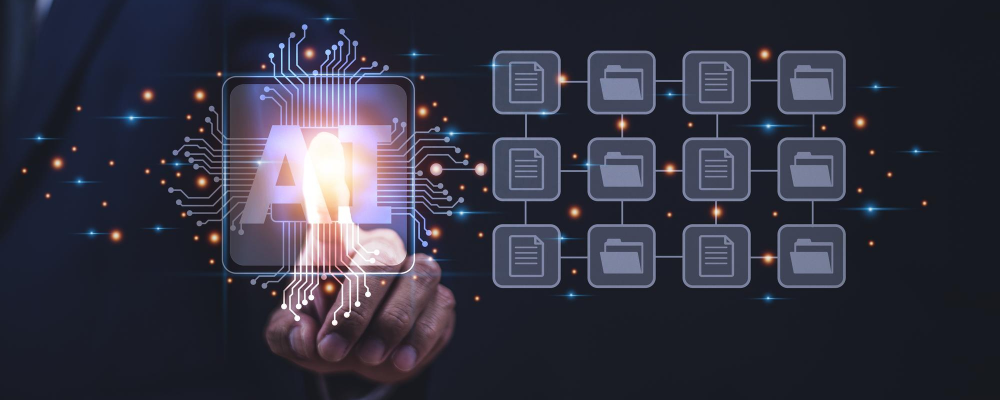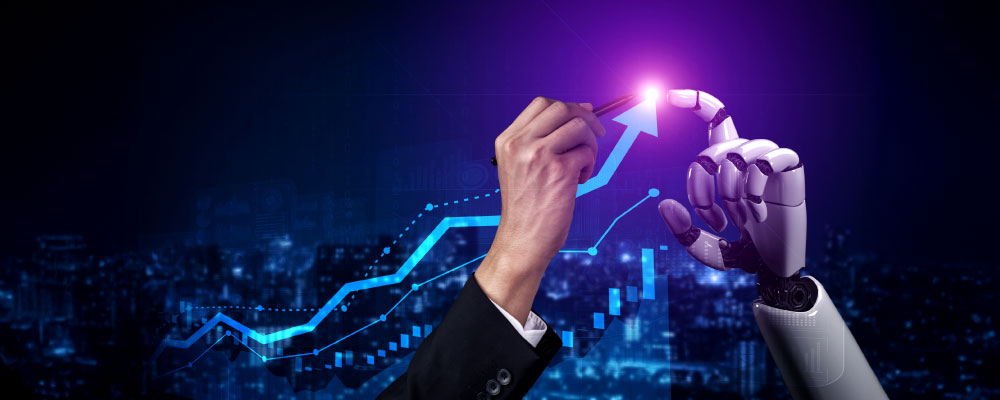

“AI agents are the gears; agentic AI is the engine. One executes tasks; the other drives outcomesâ€
As artificial intelligence (AI) continues to evolve, understanding the distinctions between its various components becomes crucial for technologists and business leaders. Two terms that often surface in discussions are AI Agents and Agentic AI. While they sound similar, they represent different facets of AI's capabilities and applications.
AI Agents are autonomous software programs designed to perform specific, well-defined tasks within set parameters. They operate based on predefined rules and are excellent at executing repetitive or structured tasks efficiently. Examples include customer service chatbots, virtual assistants like Siri or Alexa, and automated workflow tools. These agents are reactive, meaning they respond to user inputs or environmental cues but do not initiate actions independently.
In contrast, Agentic AI refers to systems composed of multiple AI agents collaborating to achieve complex, multi-step goals. These systems exhibit higher levels of autonomy, capable of making independent decisions, proactively planning, and adapting strategies in real-time based on dynamic inputs and feedback. Agentic AI is not limited to single tasks; instead, it orchestrates workflows, coordinates across multiple agents, and manages processes requiring contextual understanding and ongoing adaptation.
- Autonomy: AI Agents operate within predefined parameters and require human initiation, whereas Agentic AI systems can initiate actions and adapt to new situations without direct human intervention.
- Complexity: AI Agents handle straightforward, repetitive tasks. Agentic AI manages complex, multi-step processes involving decision-making and strategy adaptation.
- Interaction: AI Agents typically interact with users or systems in a one-on-one manner. Agentic AI involves multiple agents working collaboratively, often interacting with various systems and data sources simultaneously.
- AI Agents: Used in customer support to handle FAQs, schedule appointments, or provide information based on user queries.
- Agentic AI: Employed in autonomous vehicles where multiple systems (navigation, obstacle detection, traffic analysis) work together to make driving decisions.
Understanding the distinction between AI Agents and Agentic AI is vital for businesses aiming to integrate AI into their operations.
- Efficiency: AI Agents can automate routine tasks, freeing up human resources for more complex work.
- Innovation: Agentic AI can drive innovation by handling complex decision-making processes, leading to new products or services.
- Scalability: Agentic AI systems offer greater scalability for businesses looking to expand their AI capabilities across various departments or functions.
While AI Agents and Agentic AI are interconnected, recognizing their differences enables organizations to leverage each effectively. AI Agents provide efficiency in handling specific tasks, whereas Agentic AI offers a holistic approach to complex problem-solving and decision-making. As AI technology advances, the synergy between these components will play a pivotal role in shaping the future of intelligent systems.


